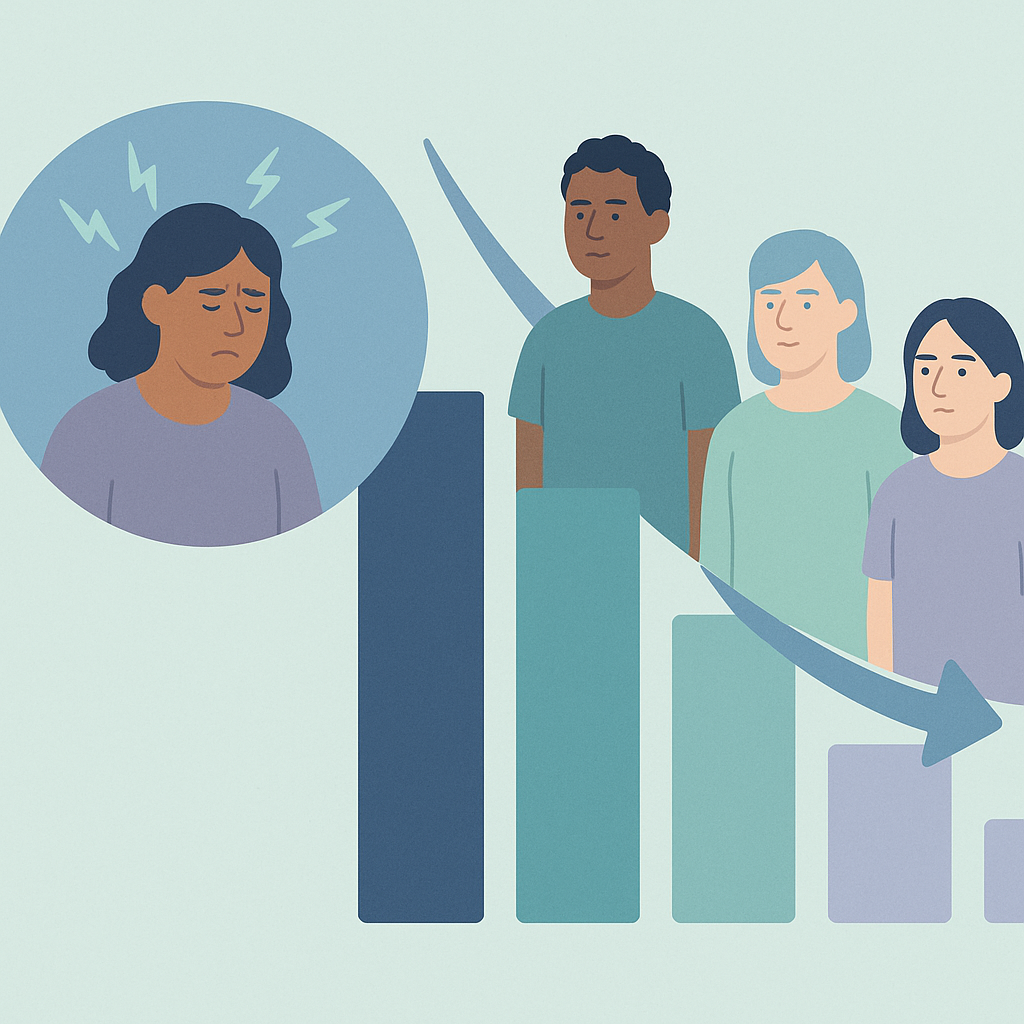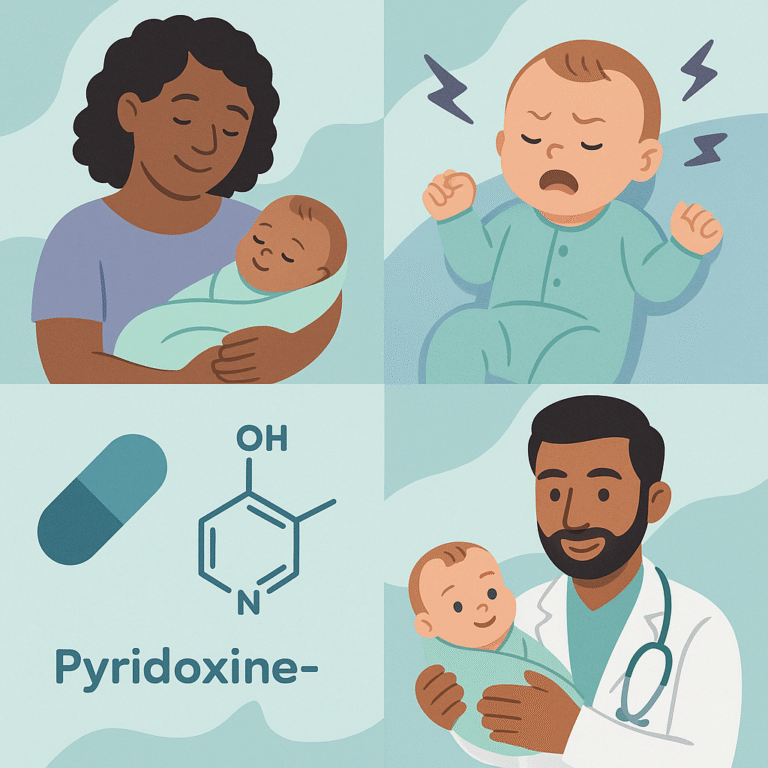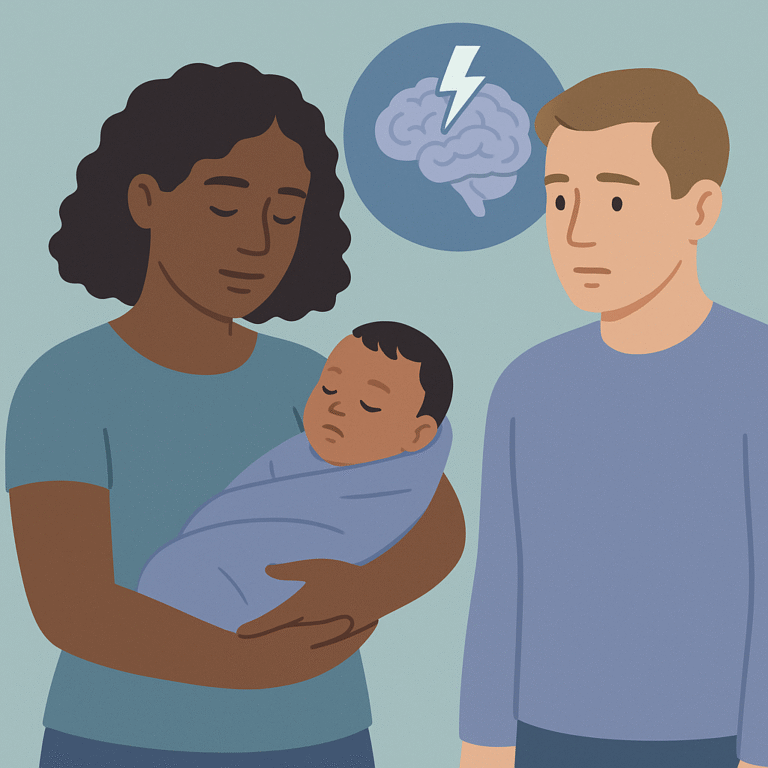Seizure Frequency Reduces Over Time in Treatment-Resistant Epilepsy
Source: JAMA neurology
Summary
A study was conducted to understand how seizure frequency changes over time in people with treatment-resistant focal epilepsy (FTRE). Researchers followed 146 participants, aged 16 to 65, who had not responded to at least four antiseizure medications. The participants were monitored for 18 to 36 months at ten epilepsy centers in the U.S., where they reported their seizure activity and treatment changes through diaries and regular check-ins.
The key finding from the study was that many participants experienced a reduction in seizure frequency over time. Specifically, 68.3% of participants had fewer seizures in the second half of the study compared to the first half. On average, participants saw a 68.73% decrease in their monthly seizure frequency. While adding new medications helped some participants reduce their seizures, it was less likely to lead to complete seizure freedom. Additionally, those with devices to help manage their epilepsy had similar outcomes to those without devices.
These findings are important because they suggest that people with FTRE may see improvements in their condition over time, whether due to treatment or natural progression. However, the study has limitations, such as the lack of a control group and the uncertainty about whether the improvements were due to active treatment or just the natural course of the disease. This means that while the results are promising, more research is needed to fully understand how best to manage FTRE.
Free: Seizure First Aid Quick Guide (PDF)
Plus one plain-language weekly digest of new epilepsy research.
Unsubscribe anytime. No medical advice.





